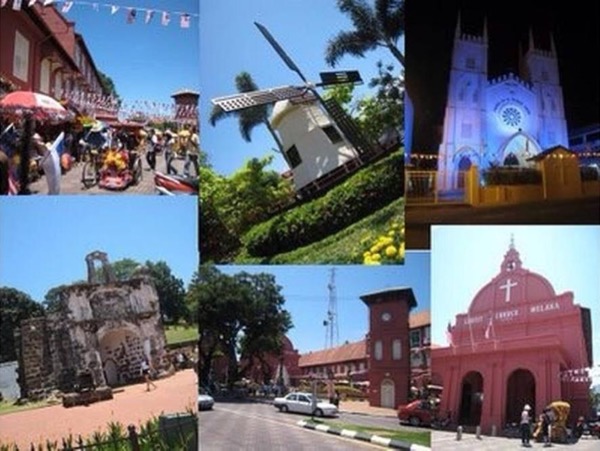Monday January 10, 2011
Malacca axes SFI relocation proposal
By MARTIN CARVALHO
malacca@thestar.com.myMALACCA: The state government has shelved a proposal to relocate the 131-year-old St Francis Institution, currently sitting within the Unesco World Heritage site, to Pulau Melaka.
This follows a deluge of requests on Facebook to allow the school to stay put at its current site.
Former Franciscans had campaigned against the idea of relocation on a Facebook page, We Dont Want St Francis Institution To Be Relocated, which garnered 1,000 responses in five days.
Status quo: The 131-year-old St Francis Institution will remain at its present location.
“I was surprised at the swift and overwhelming response from the school’s former students and the public,” said Chief Minister Datuk Seri Mohd Ali Rustam, who has agreed to overturn the earlier decision.
“I thank them for voicing their thoughts,” he told The Star, when contacted while on transit in Dubai on his way to attend the 39th World Boy Scouts Conference in Brazil.
“I understand that over 90% of them disagree with plans to relocate the school. So, the school can stay put,” he said.
On Wednesday, Mohd Ali said the state government would consider offering land to SFI and another school, SK Banda Hilir, on Pulau Melaka, touted as Malaysia’s first Twin Island City Centre.
The waterfront development project involves the reclamation of two islands, approximately 0.5km off the coast of Malacca new town centre.
The reclamation of the first island and construction of a 30m bridge linking it to the mainland has been completed.
The chief minister’s statement caused a furore among former SFI students, who launched their Facebook campaign to get feedback on the issue.
The issue of relocating the school, which has over 1,200 students, was first mooted in the early 1990s, following plans to convert the area and nearby St Paul’s Hill to a tourist hub. It was deferred following protests by former students.
Mohd Ali said the suggestion was meant to preserve the school building as an education museum, which will now be set up on Pulau Melaka instead.
Responding to the change of heart by the state government, SFI director Rev Bro Ambrose Loke said he was happy with the decision.
“I am glad the state has accepted the views of the former students and the public,” he said.
SFI Old Boys’ Association president Ong Eng Khiam said he was also happy.
“There is no need to turn SFI into a museum as it is already a living museum, with a rich legacy and is a tourist landmark,” he said.
Webmaster: I hope this decision covers SK Bandar Hilir (better known as BHES) as well. BHES is about 103 years old and we want a living school, not a museum devoid of the pupils. History is not about buildings and artifacts but buildings with people. The schools are where different generations of pupils have passed through their gates and nurtured by dedicated teachers.
We do not want these schools to be re-located in Melaka. In KL, famous schools such as Bukit Bintang Girls' School and St. Mary's were re-located because they sit on invaluable land in KL. These schools were there before development and they were part of the landscape of the city.
